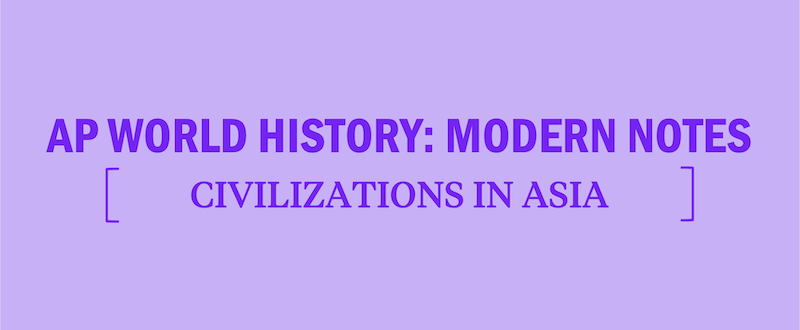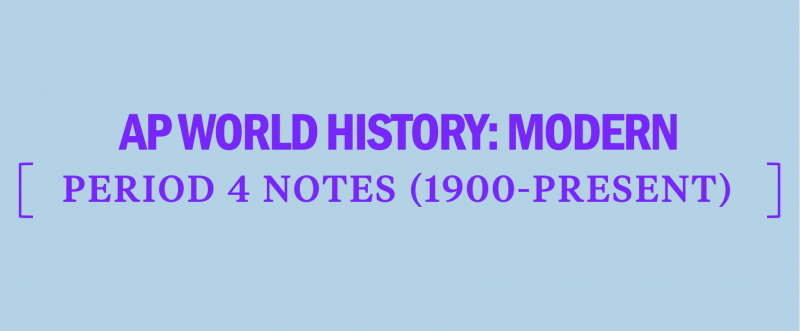AP World History Exam: Period 3 Notes (600 to 1450 C.E.)
Key Topics–Period 3: 600 to 1450 C.E.
Remember that the AP World History exam tests you on the depth of your knowledge, not just your ability to recall facts. While we have provided brief definitions here, you will need to know these terms in even more depth for the AP World History exam, including how terms connect to broader historical themes and understandings.
“New” Empires
- Byzantine empire: Formerly the eastern half of the Roman Empire, this Christian (Eastern Orthodox) empire controlled the Eastern Mediterranean Basin from the Fall of Rome to the Ottoman takeover nearly 1,000 years later (474–1453 C.E.).
- Islamic Caliphates: In the Islamic world, the states controlled by caliphs, or successors of Muhammad.
Chinese Empire
- Grand Canal: Begun in the fourth century B.C.E., construction resumed in 605 C.E. in China. This canal, the world’s longest, connected the fertile Huang He River to the highly-populated cities in the north, allowing grain to be shipped easily.
- Neo-Confucianism: As trade expanded into China, Buddhism was introduced. Neo-Confucianism, popular during the Tang Dynasty, fused elements of Buddhism and Confucianism.
- Fast-ripening rice: Introduced to China from Vietnam during the Tang Dynasty, this crop allowed the Chinese to have two harvests per year, dramatically improving output; combined with an improved infrastructure, this crop led to a significant growth of the Chinese population.
Korea
- Mongols: Group of Central Asian nomads from Mongolia who, under the leadership of Genghis Khan, conquered large portions of the Asian continent. Their four empires, centered on Russia, China, Persia, and the Central Asian steppes, were led by Khan’s successors, ensuring a century of peace from approximately 1250–1350 C.E.



